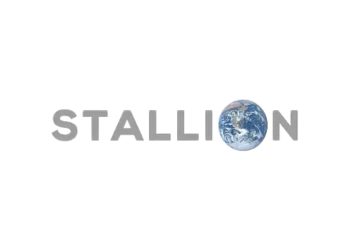India’s affordable housing finance market is projected to grow at nearly 12% CAGR over the next few years. For investors, this segment offers a long runway for growth, driven by urbanization, rising disposable incomes, and the government’s continued push for “Housing for All.” One company strongly positioned to capture this opportunity is Home First Finance Company (HomeFirst).
Strong Growth in Assets and Earnings
HomeFirst reported robust results in Q1 FY26. Its assets under management (AUM) grew 28.6% year-on-year to ₹13,479 crore, supported by disbursements of ₹1,243 crore, the second highest in its history. Net profit surged 35.5% year-on-year to ₹119 crore, with return on assets at 3.7% and return on equity at 14.9%. For investors, these numbers highlight both scale and profitability.
The company’s origination market share in the ₹5-25 lakh ticket size housing loans has risen from 1.5% in FY22 to 2.3% in FY25. Management aims to push this share closer to 5% over the next four to five years, indicating significant headroom for expansion.
Capital Strength and Ratings Upgrade
In Q1 FY26, HomeFirst raised ₹1,250 crore via its first Qualified Institutional Placement (QIP), sharply increasing net worth to ₹3,855 crore. Its long-term credit rating was also upgraded to AA (Stable) by ICRA, India Ratings, and CARE. A stronger balance sheet and improved credit rating mean access to cheaper funding, an important advantage in the competitive housing finance sector.
The company’s capital adequacy ratio stands at 49.6%, well above regulatory requirements, giving it ample capacity to grow its loan book. For investors, this reduces capital-raising risks in the medium term.
Digital Edge and Operational Efficiency
HomeFirst has differentiated itself with technology. Over 96% of its customers use its mobile app, and 88% of service requests are now handled digitally. The company recently launched “Pulse,” an AI-powered conversational platform that manages customer interactions in seven Indian languages. It also built in-house treasury and document management systems to streamline operations.
This high level of digital adoption translates into better efficiency. Net Interest Margin (NIM) stood at 5.2% in Q1, and cost-to-income ratio improved to 34.2%, down 150 bps from the previous quarter. Lower costs and steady margins help protect profitability even as the company scales.
Risks and Challenges
While the long-term growth story remains strong, investors should note certain risks. Asset quality saw a seasonal uptick, with 1+ days past due (DPD) rising to 5.4% and 30+ DPD at 3.5%. These pressures were concentrated in markets like Surat and Coimbatore-Tirupur, though management expects recovery in the next few months.
Regional performance also varied. Growth in Madhya Pradesh, Maharashtra, and Gujarat was strong, but Tamil Nadu and Telangana were muted in Q1. Investors will want to track whether recovery in these states plays out as management expects.
Sector Tailwinds Favoring Growth
From a broader perspective, affordable housing loans make up 52% of India’s housing finance market by volume, but only 30% by value. Mortgage penetration in India is around 11% of GDP, far below developed markets like the U.S. (over 50%). As incomes rise and urbanization continues, affordable housing demand is expected to stay strong for decades.
HomeFirst, with its average loan size of $14,000 (₹11-12 lakh), caters directly to first-time buyers in the middle- and low-income groups. Its pan-India presence now spans 158 branches across 13 states and UTs, covering nearly 80% of the affordable housing market.
Outlook for Investors
With a strengthened capital base, upgraded ratings, and digital-first operating model, HomeFirst is positioned to capture a large share of the 12% CAGR growth expected in the affordable housing finance sector. Profitability remains healthy, with pre-money ROE at 16.6% in Q1 FY26.
For investors, the company offers exposure to a high-growth sector that is still underpenetrated in India. Risks around asset quality and geographic concentration remain, but management’s track record of steady AUM growth and prudent credit cost management (30-40 bps guidance) provide comfort.
In summary, Home First Finance combines strong growth, solid profitability, and sector tailwinds, making it a compelling long-term play for those looking to invest in India’s housing finance story.













